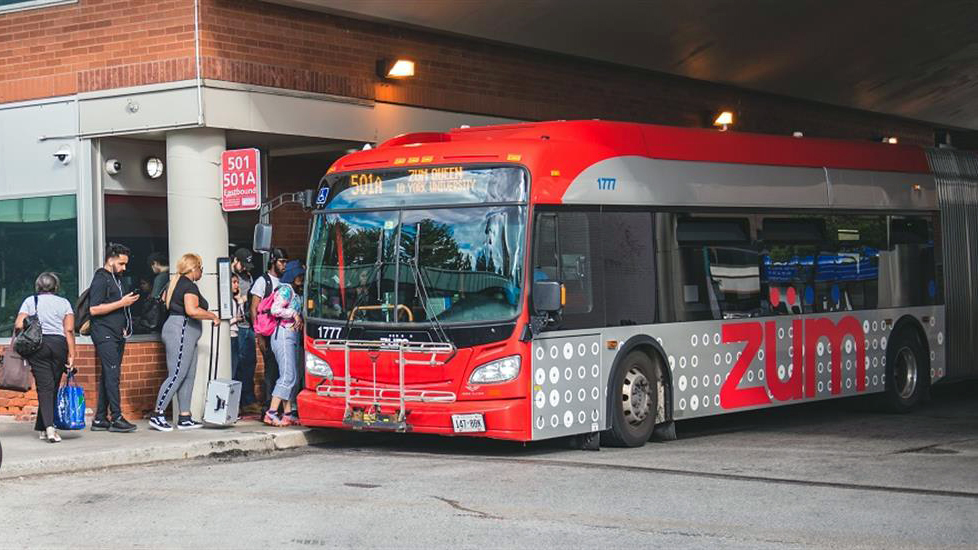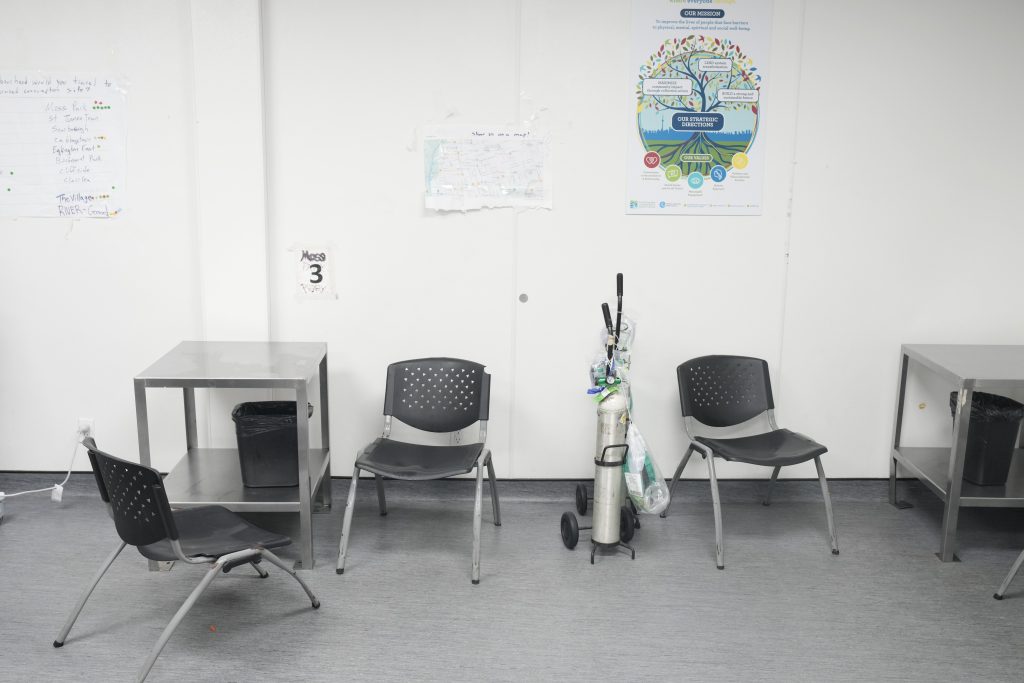Toronto continues to ‘lag behind’ on making city accessible, councillor says
Posted September 27, 2017 1:06 pm.
Last Updated September 27, 2017 6:57 pm.
This article is more than 5 years old.
As hundreds of athletes with disabilities compete in the Invictus Games this week in Toronto, a push is on to make the city’s businesses more accessible.
Coun. Kristyn Wong-Tam, chair of the Accessibility Advisory Committee, introduced a motion Wednesday asking the city to consider grants for business owners to retrofit their entrances to make them accessible.
The motion also suggests the city look into guidelines to allow private ramps on public sidewalks.
The Works entrance, with an automatic accessible door and two steps:
“We’ve struggled with accessibility in our city for the past 20 or 30 years,” said committee member Mike Layton.
“How you get into stores that were built with that one little lip, that one three-inch step that is an enormous barrier for some, that many people take for granted and just don’t notice. It’s those steps as well as the larger infrastructure pieces that we’re working on. But unfortunately we continue to lag behind because the effort and the resources are so intensive to do work like this.”
Maayan Ziv, who has muscular dystrophy, is a champion for furthering accessibility in Toronto. She created a website and app to showcase areas around the world that are accessible — and those that aren’t.
Access Now maps the accessibility status of businesses and locations around the world. Her goal is for the “not accessible” pins to eventually highlight accessible spaces.
“Realistically speaking, when I want to go somewhere, I’m consistently facing barriers,” she said. “Whether it’s to go to a restaurant or meet someone for a meeting at an office, I’m consistently finding out places that are not accessible.”
Though strides have been made to improve access in Toronto, Ziv said there’s a long way to go.
“If I pass down Queen Street, for example,” she said. “Maybe one out of every other store might be accessible. Maybe. I can go full blocks sometimes without access.”
Ziv attempts to access a business on Queen Street:
In 2005, the province passed the Accessibility for Ontarians with Disabilities Act (AODA), with the goal of making Ontario accessible by 2025.
“It’s an enormous task, but one we that have to take on and we have to succeed on or else there will continue be barriers to some in our city and an [increasing] number of people facing mobility issues as our population ages over time,” Layton said.
The city said generally its accessibility standards are higher than the AODA’s. Here are the measures Toronto is taking.
Curb cuts:
- The city has been implementing curb cuts at pedestrian crossings for decades.
- Tactile warning surface indicators (TWSI’s) started being installed at pedestrian crossings in 2014.
- There are instances, especially on local roads that have not been rehabilitated recently, where curb cuts are not present at pedestrian crossings. In these cases, curb cuts are installed based on requests or implemented as part of road projects.
- The city does not have information on the total number of curb cuts nor the number of pedestrian crossings that do not have curb cuts.
Sidewalk standards:
- The pedestrian clearway is the zone within a sidewalk that is intended to be an accessible path of travel and is clear of obstructions.
- On collector and arterial roads, the minimum width of pedestrian clearway is 2.1 m, to allow two wheelchairs to pass each other.
- On local roads, the existing sidewalk widths are typically 1.5 to 1.8 m. The go-forward policy is that sidewalks on local roads be 1.8 m minimum, where possible.
- Many high traffic areas in the downtown or centres require wider than 2.1 m pedestrian clearways for much higher volumes of pedestrians.
- Wider pedestrian clearways are also desirable adjacent to schools, hospitals and other institutions to provide better access.
Missing sidewalks:
- New sidewalks are routinely constructed or upgraded when an arterial or collector road or bridge is reconstructed or resurfaced as part of the Capital Works Program.
- Sidewalks can also be installed as part of land development requirements. A developer can be required to install sidewalks as a condition of the development, at no cost to the city.
- The city also has an Essential Links capital program which funds the construction of missing sidewalks (about $2 million annually).
Smoke’s Poutinerie entrance, with two steps:
Related stories:
StopGap ramp project helps disabled people access Toronto businesses
Roncesvalles grocer ordered to remove ‘unsafe’ wheelchair ramp
Prince Harry praises courageous athletes during Invictus Games opening








